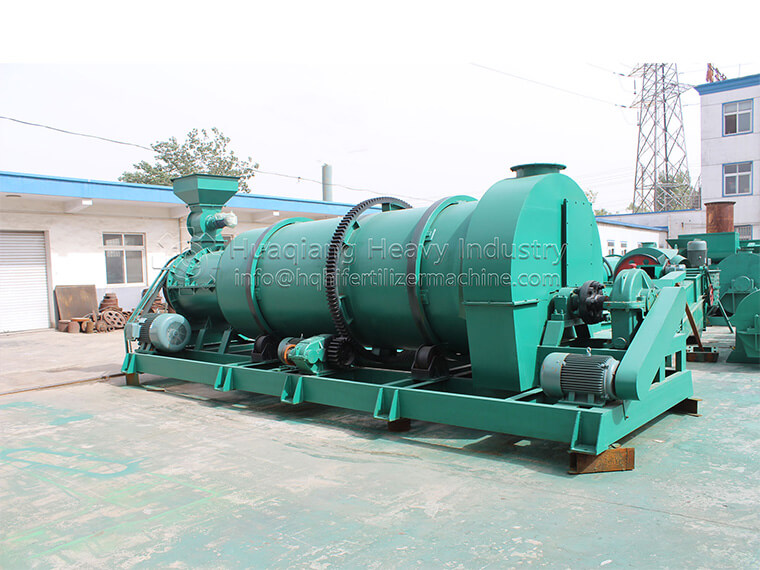Highly fertile soil has a strong regulating effect on soil water, fertilizer, air and heat, and provides continuous and stable nutrients. Due to the active activity of soil microorganisms and enzymes, the quality and taste of agricultural products are significantly improved, and the fresh-keeping period of stored vegetables and fruits is prolonged. Through the recycling mode of “agricultural waste-biological-organic fertilizer-plant”, it has become a bridge between agricultural waste and crops, opening up a road of sustainable development, with unique advantages.
For example, pig manure contains 15% organic matter, 0.5% nitrogen, 0.5-0.6% phosphorus and 0.35-0.45% potassium. Pig manure has a complex structure, including proteins, fats, organic acids, cellulose, hemicellulose and inorganic salts. It contains more nitrogen, so the carbon to nitrogen ratio is low, about 14:1. Under normal circumstances, it is easily decomposed by microorganisms, releasing nutrients that can be absorbed and utilized by crops.

The organic fertilizer production process is as follows: the organic fertilizer raw materials (livestock manure, domestic waste, litter, biogas residue, waste bacteria, etc.) are fermented and pulverized with a semi-wet material pulverizer, and then nitrogen, phosphorus and potassium elements are added until the mineral elements reach Standard requirements, then mix with a mixer, enter the granulator (npk fertilizer granulator, drum granulation, disc granulator machine, new organic fertilizer granulator, etc.), then dry and sieve, qualified products are packaged, not The qualified products are returned to the organic fertilizer granulator machine after being ground.
The investment scale and product selection plan of organic fertilizer equipment should fully consider the characteristics of raw materials, local soil conditions, regional crop structure, main crops, local resources and market potential, market coverage radius, and the price of organic fertilizer equipment such as fertilizer granulator machine price. Generally speaking, the annual output of new small factories is 10,000 tons (1.5-2.5 tons/hour), 20,000 tons (2.5-3.5 tons/hour), and 30,000 tons (4.5-6 tons/hour).